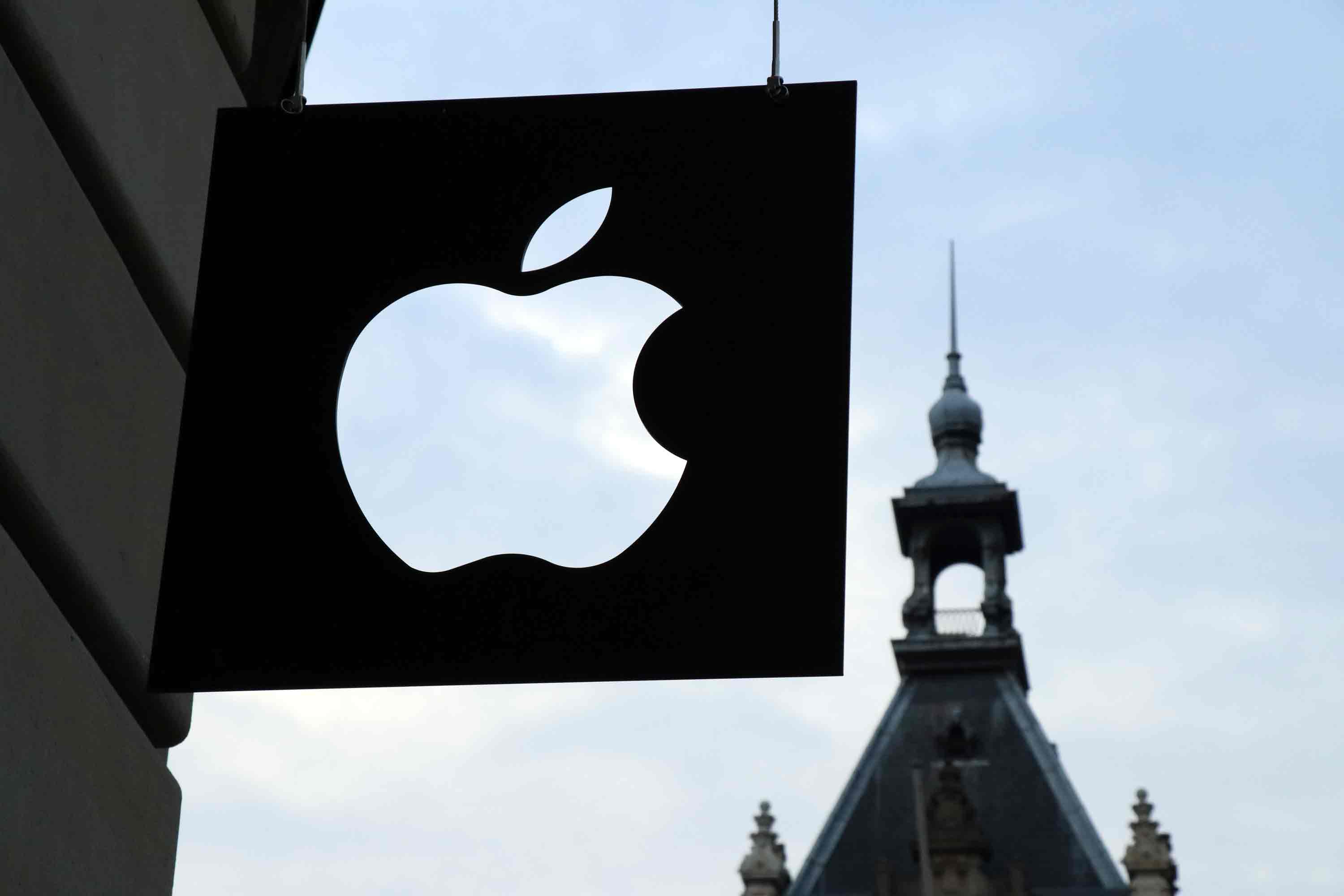by Paul Hunt – President
With the recent launch of the iPad 2, much has been made about Apple’s decision to launch it at the same list price as the original iPad. Unfortunately most of what I have read has skirted what I see as the key pricing questions at the centre of this debate.
The New York Times ran an article last week in which the author argued that it was a cost advantage that was leading Apple to price below the Samsung and Motorola tablets. She argues that the USD $60-billion in cash sitting on Apple’s balance sheet would finance the decision to price the iPad2 at $499. Further she argues that higher volume purchases and vertical integration (Apple Stores) create a cost advantage that when put into Apple’s magical markup formula resulted in the calculation of a lower price.
Apple has never been a cost-based-pricer. They have been very successful by understanding what consumers value, and then creating a compelling offering that we humans seem almost powerless to resist.
Here is what I think Apple thought about when they priced the iPad2. First, demand curves are not nice smooth lines. With a tablet market that could be worth USD $35-billion per year by 2012 they considered how different prices would yield different market shares. Psychological price points matter. Knowing where the cliffs are, and understanding the tradeoffs allowed, them to start working through alternatives to maximize their profit.
The next major consideration was likely segmentation, different groups of consumers in the market with different needs. Increasing the price $100 to move from 16GB to 32GB is a segmentation strategy not a cost recovery exercise. Movie watchers and game players value the extra storage. Apple has found from their other devices this segment is willing to pay more.
Lifecycle pricing is another important consideration. Apple felt the heat when it launched high and then cut the price 66 days later on the iPhone2. Are 66 days of incremental profit worth the risk in a $35billion market?
Finally it comes down to razors and blades. To update the analogy a little bit, by creating a huge “install base” of devices, Apple can drive a lot of demand for content and Apps. Ensuring they have the lion’s share of the tablet market is the right thing to do to ensure traffic on iTunes.
The iPad2 pricing strategy reflects a tremendous use of core pricing principles. Don’t think for a minute this is about cost. It’s time for me to go line up to buy my iPad2.
Paul Hunt is president of Pricing Solutions, an international pricing strategy consultancy dedicated to helping clients achieve World Class Pricing competency. Paul publishes a monthly pricing column in the Financial Post.
From Paul Hunt’s Financial Post Executive Blog. Updates on a weekly basis.





